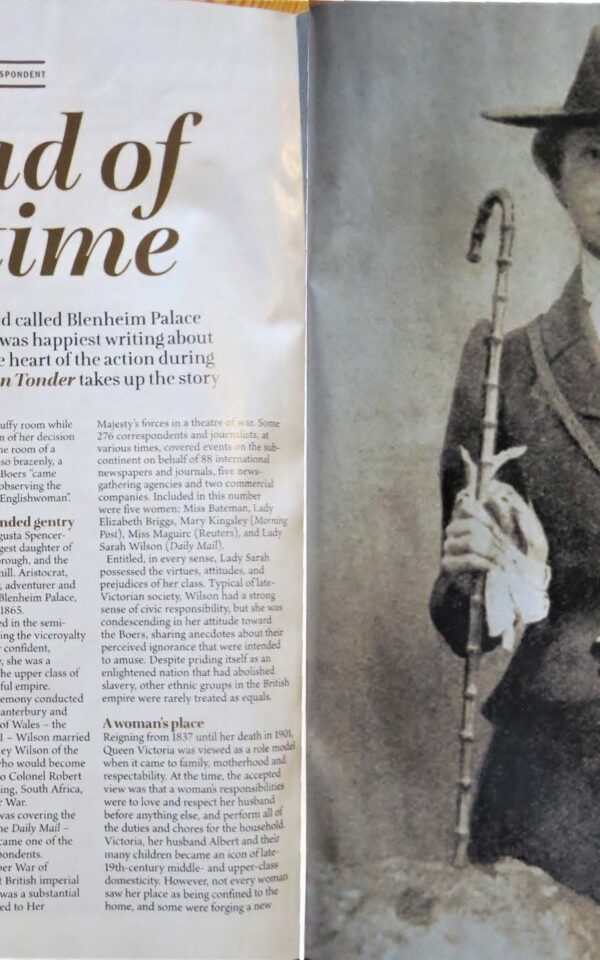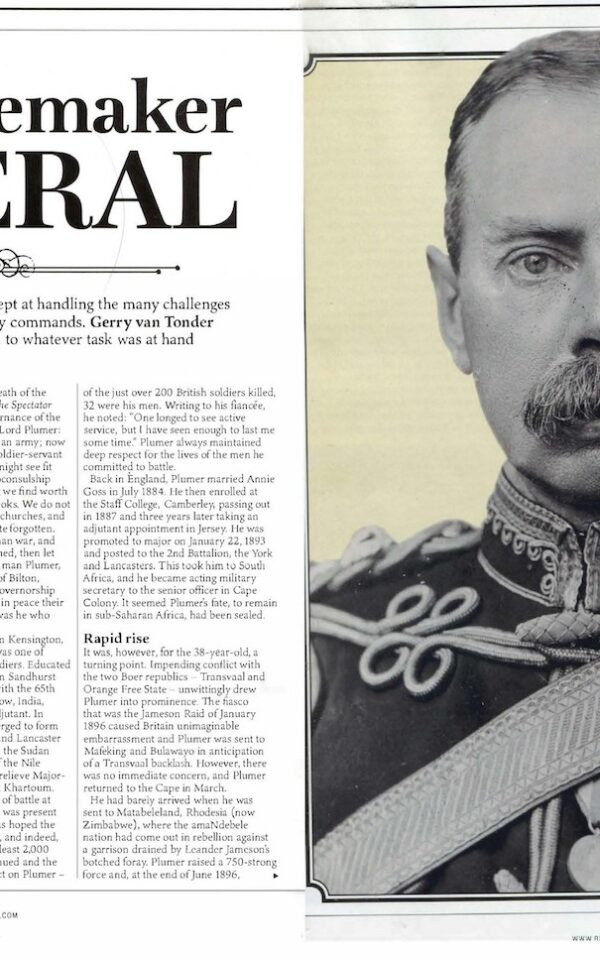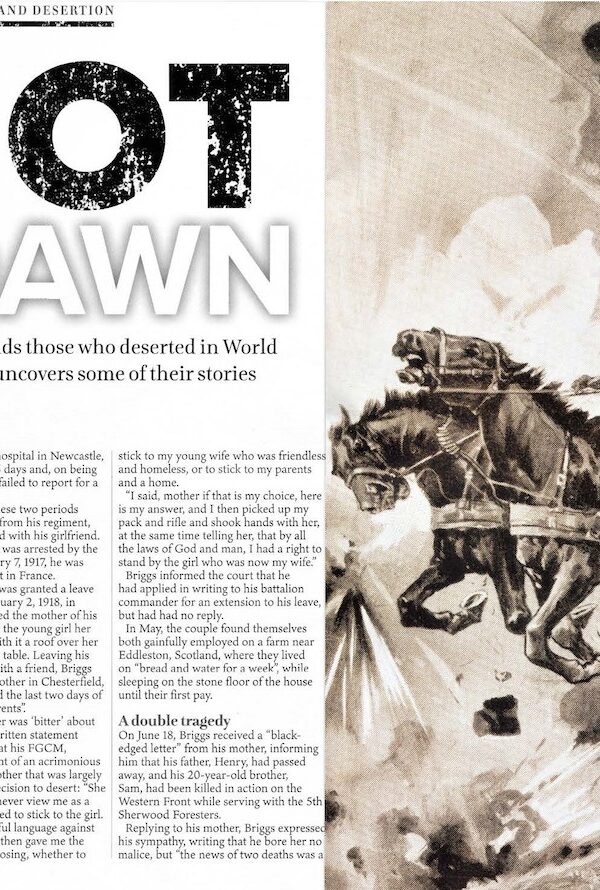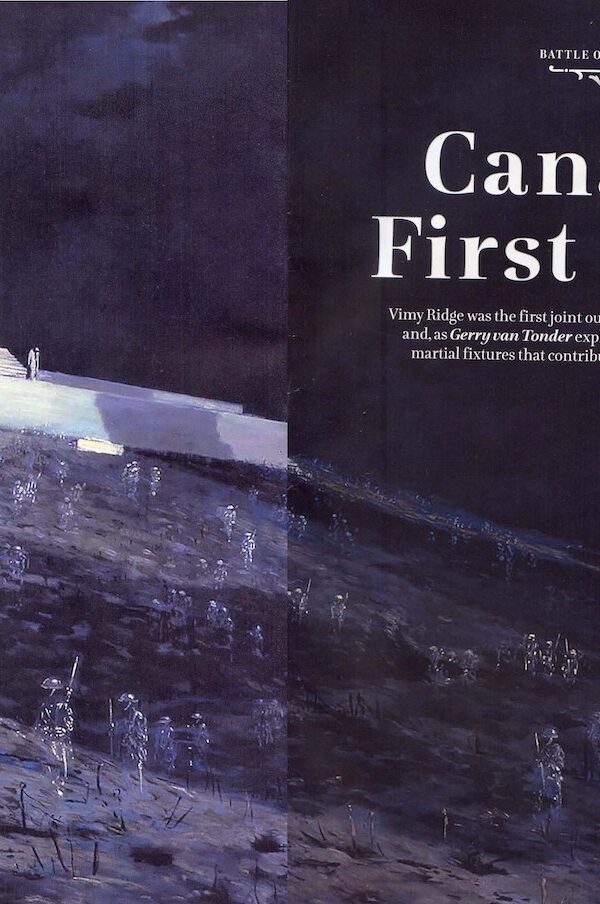In their armed fight to overthrow the minority white Rhodesian government, late in 1972 Soviet- and Communist Chinese-sponsored insurgents added landmines to their hitherto very limited weaponry. Most rural roads throughout the country were unpaved; perfect for this indiscriminate type of warfare. The laying of landmines became the standard insurgent means of cutting road links, isolating military fortifications, terrorising people, and inflicting damage and casualties on the military and any civilian road users.
The TM-46 is a large, circular, metal-cased, Soviet anti-tank mine, with a 5.7kg TNT charge. It uses either a pressure or tilt-rod fuse, which is screwed into the top. Anti-tank mines with this type of fuse were capable of inflicting much more damage to armoured vehicles, when compared to a typical anti-personnel mine.
In the capital city Salisbury (now Harare), automotive engineer Ernest Konschel employed his mechanical skills to address the new deadly threat. Displaying comprehensive innovation and remarkable dedication and application, the revolutionary ‘Pookie’ armoured landmine-detecting vehicle rolled out in November 1976.
By 1974, Konschel and a local manufacturer had designed and produced a mine- resistant vehicle that incorporated innovative designs key to providing significantly improved safety for the driver and his passengers.
Dubbed the ‘Leopard’, it had a V-shaped, four-seat monocoque armoured capsule set some 500mm above the ground between the front and rear suspensions from a VW Kombi. There was no chassis to trap a landmine blast. Also, without wheels under the vehicle, the explosion would blow away the wheel assembly without causing any damage to the passenger capsule. The employment of shear bolts aided this process. The fuel tank was sited with the engine at the rear and designed to be blown clear also. The centre of gravity enabled the Leopard to remain upright but, if it did not, it had circular roll bars.
In the next six years, 800 Leopards were built, of which 67 detonated landmines with only one fatality. Despite this remarkable success, however, unaffordable costs of repair as a result of landmine detonations remained. As a consequence, the priority now switched to clearing landmines. Milton mine-detecting pans were sourced from South Africa and tested on existing military vehicles, such as the Bedford RL, but excessive vibration negated such an application. More importantly, the weight of any available vehicle, including the Leopard, would still detonate a landmine.
The solution came in the unlikely form of Formula One racing slicks: completely smooth tyres with no grooves, readily available as discarded tyres from the Kyalami Circuit in South Africa. Exerting light ground pressure, these wide low-pressure tyres would be tested on a monocoque single-seat vehicle built on the lines of the Leopard, and powered by a rear-mounted 1600cc VW Kombi engine.
The outcome was the ‘Pookie’, the local nickname for a galago, or bush baby, a small, furry, nocturnal African primate with very large eyes. Fitted with these low-pressure tyres, the Pookie, weighing just under two tons fully loaded, had a ground pressure of only 0.21 kg/cm, less than a human foot. In fact, it did not even activate anti-personnel mines, making it a perfect vehicle for mine detection. It was a seminal moment when Konschel and his colleagues looked on during trials to see how the F-1 tyres gently enveloped a surface-laid Soviet landmine without triggering the igniter.
The capsule, with a 55° ‘V’ shape made of 6–10mm steel plate, was lifted 70cm off the ground to reduce the destructive impact of a Soviet-made landmine. The windscreen and the side and rear windows were made of 40mm-thick bulletproof glass. There was no permanent roof to the compact cab, and was the driver’s entry point.Protruding from the left side of the capsule, was a compartment housing a lithium battery connected to the starter on the outside, the mine detector, the headlights and the dashboard on the left side of the steering wheel.
Capable of finding landmines at 50 mph, the Pookie would substantially improve convoy travelling times and troop safety. Running at least 100 metres ahead of a convoy, an alteration of tone in his earphones would tell the driver that he had gone over a landmine. The highly sensitive Milton detectors could pick up a metal bottle cap, but training and experience meant that drivers were able to recognise a landmine’s signature tone.






Reviews
There are no reviews yet.